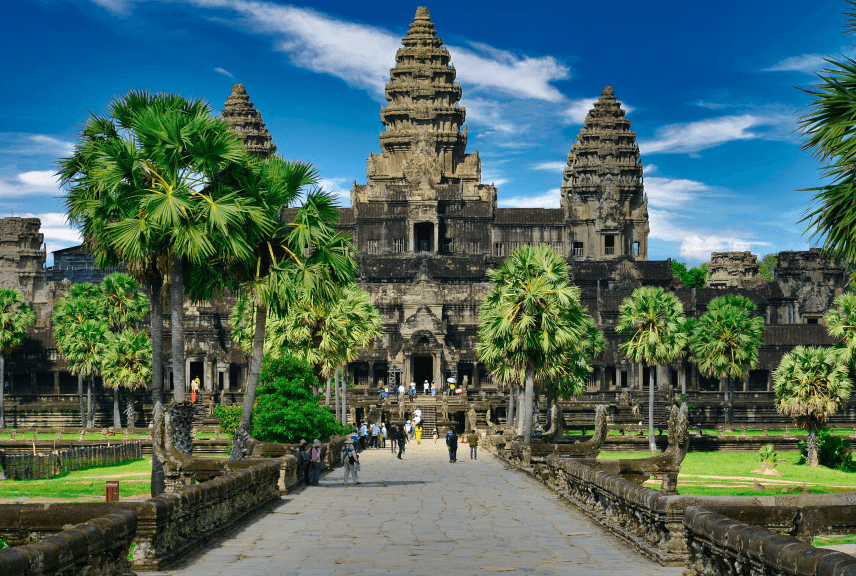Vietnam » Dalat Hotels
During the 1890s, explorers in the area (including the noted bacteriologist Alexandre Yersin, protégé of the renowned French chemist Louis Pasteur), which was then part of the French territory of Cochinchina, asked the French governor-general, Paul Doumer, to create a resort center in the highlands. The governor agreed. The original intended site for the hill station was Dankia, but Étienne Tardif, a member of the road-building expedition of 1898-99, proposed the current site instead. In 1907, the first hotel was built. Urban planning was carried out by Ernest Hébrard.
The French endowed the city with villas and boulevards, and its Swiss charms remain today. Hébrard included the requisite health complex, golf course, parks, schools, and homes but no industry. The legacy of boarding schools where children from the whole of Indochina were taught by French priests, nuns, and expatriates still existed as late as 1969. In 1929, the Christian and Missionary Alliance established a school (Dalat International School) for Canadian and American children of missionaries serving in Southeast Asia. In 1965, the school moved to Bangkok, Thailand; then in 1966 to the Cameron Highlands in Malaysia and then, in June 1971, moved to its present location in Georgetown, Malaysia. There were seminaries of Jesuits (such as Pius X Pontifical College) and other orders. The elite Vietnamese National Military Academy graduated its first class of future leaders in 1950. There was an aviation school at Cam Ly Airport.
During World War II, Äà Lạt was the capital of the Federation of Indochina, from 1939 to 1945.
In the mid-1950s, the Vietnamese Scout Association established their national training grounds at Äà Lạt.
The only major involvement Da Lat had during the Vietnam War was within the 1968 Tet Offensive. Fierce battles raged from January 31 to February 9, 1968. Most of the fighting took place between the South Vietnamese MP units stationed in Äà Lạt and the Việt Cá»™ng (VC) forces. American MPs were also involved in the fighting and suffered several KIAs during a rocket attack on their compound. Defeats and victories alternated between the two during the sporadic yet intense battles. However, the South Vietnamese MPs were eventually able to regain control of Äà Lạt. It is stated that around 200 VC were killed-in-action (KIAs) during this battle. Although South Vietnamese MP forces were known to have significantly fewer KIAs, their injured list grew steadily throughout the engagement due to periods of low supplies and support. What ultimately saved the South Vietnamese MPs was the fact that they held strong defensive positions throughout Äà Lạt from the beginning to the end of the battles.











